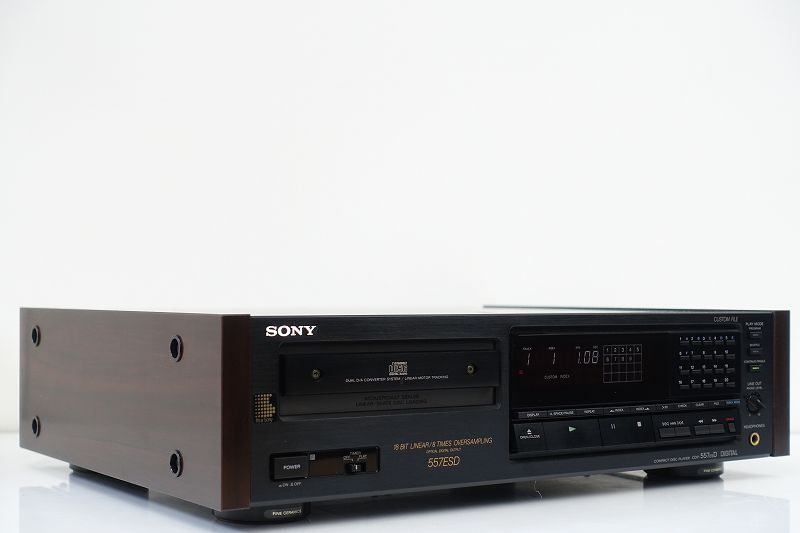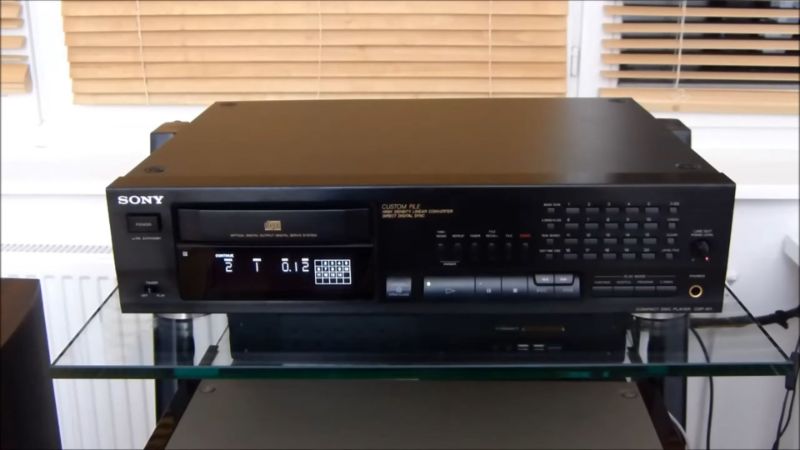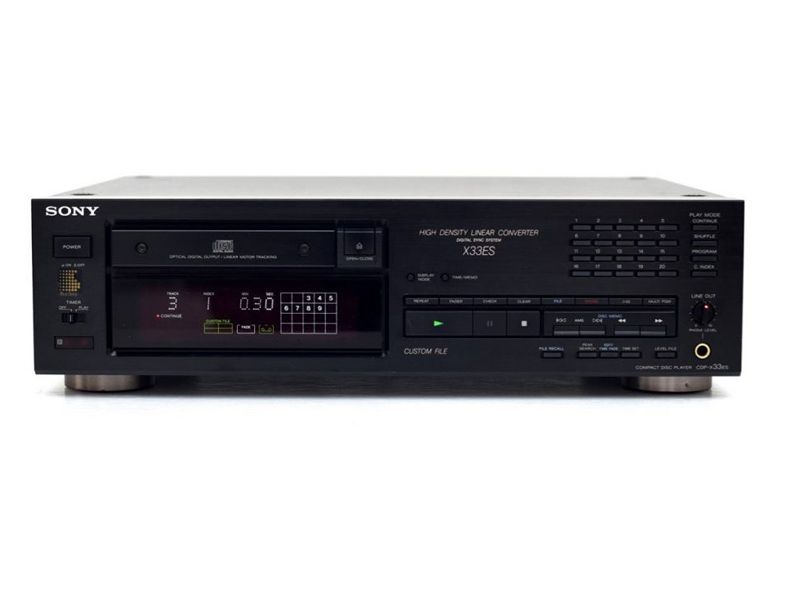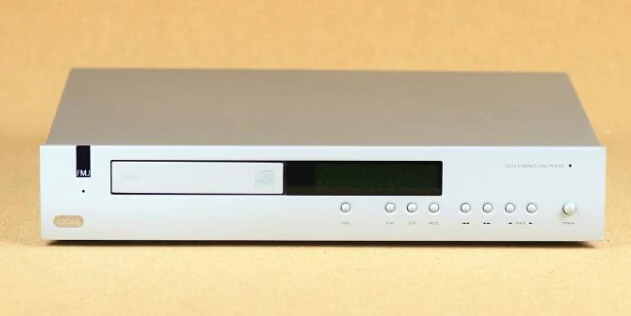One poster on a Naim-friendly internet forum adds, “Naim Audio makes musical instruments, other manufacturers build hi-fi.” It’s an intriguing proposal since it captures the essence of what Naim Audio devotees see in the brand. Of course, flippant remarks like this aren’t entirely accurate, but they do provide some insight into why people love this brand so much.
As a somewhat unbiased observer who often uses other manufacturers’ equipment that most certainly does generate music, I find it amazing that Naim has cultivated such a devoted following. I don’t think it’s unjustified (rather the opposite), but while most people use hi-fi and even adore it, it occurs to me that for many Naim owners, it’s more than simply a case of ‘using’ hi-fi, it’s more of a way of life…
Naim’s meticulously structured after-service and upgrade path is one factor for this extraordinary brand loyalty. Recognizing that high-fidelity equipment is a good way for buyers to lose money from the moment they open the box, Naim made the conscious decision to support its products in terms of spares and servicing, make them easily upgradeable, and make the ‘cost to change’ relatively low when this was not possible. Each successive update was always easily observable by the dealers and justifiable on sonic (and even financial) reasons.
It’s interesting, though, that at the Roxburgh Castle press introduction of Naim’s new £14,000 CD555 in June 2006, the Salisbury lads began by showing the gathering hi-fi hacks their current top CD player, the CDS3. They then connected it to the 555PS, which is one half of the CD555 (i.e. the power supply box), and we sat back to admire the progress. Then there was the full fat CD555/555PS (which is the statement product in and of itself), and lo and behold, there was even another order of magnitude improvement. This is how Naim is marketing the CD555, as well as why the company is producing it.
The 555’s raison d’être is thus its place as the pinnacle of the Naim upgrading path. Making a very expensive product makes perfect commercial sense for a corporation with such strong brand loyalty. The disadvantage is that, knowing that a huge number of people will buy it just because of the name, Naim could have created a puppy and gotten away with it. This was my first concern: that people would desire it just because it’s the ultimate Naim. But, as it turned out, the CD555/555PS sounded amazing on its own.
Even the £7,500 CDX2/XPS2 sounds forced and artificial, as if the music were squeezed out a toothpaste tube rather than rushing out of a sluice gate like the ‘555. In terms of musicality, this statement CD spinner is nine tenths as good as high-end vinyl, but significantly superior in terms of pitch stability and bass grip. The music gushes forth, but it all sounds natural and unflappable; it’s the perfect blend of easy listening and powerful dynamics.
In terms of tone, this player is as close to neutral as Naim has ever gotten, and a far cry from the machines the company was producing ten years ago. It’s silky smooth in the mids and treble, but it still manages to give an accurate representation of a recorded acoustic. This is achieved not by brightness or a metallic shine, but through a vast, unyielding grasp of every last aspect in the mix. It’s an uncommon combination: lesser CD spinners try to create smoothness through euphonic tube output stages, whereas the huge Naim does so through intrinsic accuracy and attention.
Bass is fantastic, and it’s a blast to listen to. It propels the song forward with a dizzying abandon. It’s big, quick, impactful, and immensely musical. When called upon, it can deliver a powerful blow – there’s a big visceral thwack in your back. The Naim stays firm as the music intensifies, ‘pile pushing’ the low tones out towards you, but it never sounds wooden or emotionally distant. Its midband is a delight as well, with not a speck of brightness or stridency to be found. It has incredible emotional fluency; you can see why the musicians showed up in the studio to record what they did, and you can marvel at their skill. It goes from loud to quiet and soft as the song demands, time after time, with great smoothness and unflappability.
Treble has a lot of elegance, but it also has a lot of “crispness.” There’s no hint of harshness or grain, which makes the already excellent CDS3 sound clangy and metallic — something I never expected to remark. There’s also a lovely air to the proceedings, which returns to the midband; everything about the vocal booth in the studio is audible, but despite the explicit information, it all sounds so natural and smooth. There’s no sensation of ‘analytical paralysis,’ which is surprising for something so thorough.
The CD555/555PS’s ‘worth’ is difficult to define because it is self-evidently so expensive that traditional cost concerns are irrelevant. On Naim’s own upgrading ladder, it makes sense; it adds a natural smoothness to the mix, as well as a slew of added detail and focus that the CDS3 can’t match. At the time of launch, it was head and shoulders above the powerful but dispassionate-sounding £8,000 Meridian 808i, and outperformed Linn’s rival CD12 in terms of power and impact, if not style and finish. It’s still one of the greatest Compact Disc players I’ve ever heard.
Although the player was originally presented at Heathrow’s Hi-Fi and Home Entertainment Show in 2005, hi-fi hackers didn’t get a chance to hear it ‘in anger’ until later. It’s superbly designed in the sense that it’s a no-holds-barred attempt to get the most out of each given Compact Disc – and it’s exactly that, because it doesn’t try to play DVDs, DVD-As, or SACDs, and it doesn’t have digital or variable analogue output. Rather, you simply plug it in and go.
Physically, it’s extremely impressive. Naim’s CD555 is a triumph of size and physicality, if Linn’s CD12 was a classic of compact grace. The primary box is enormous and hefty, measuring 114x432x314mm and seems to be crafted from solid black brushed aluminium. The motorised top loading disc lid is its best feature, in my opinion – press the ‘open’ button and it smoothly moves up, and then when you’ve loaded your disc and dropped the puck on, it closes – at first quickly, but then slowlys down just before closing, a nice touch reminiscent of the electric windows of certain luxury cars, dare I say.
When pressed, the applicable transport control button glows, and the green LED display provides just enough information to enable use before self-extinguishing. The amazing supplied remote, whose ingenuity I don’t have time to explain here, controls all of the features (and more). Overall, using the CD555 is a lot of fun; it’s not quite up to the speed and tactility of traditional high-end Japanese transports like the Sony CDP-R1a, but it’s close.
The CD555 ‘head unit’ and 555PS power supply are included in the ‘555 package,’ as stated. The latter is a colossal 15kg beast that gets its juice from two Burndy interconnects carrying distinct digital and analogue feeds. According to Naim, this furthers the notion of decreasing capacitive coupling between power supply. The CD555 receives a separate power supply from a triple-regulated transformer secondary winding, which powers the crucial master clock and dejittering circuitry. Through connecting cables and wire looms, special attention has been taken to reducing capacitive coupling of high frequency disturbances from other supplies into this very silent clock supply.
The 555PS power supply is a considerable improvement over previous systems. More regulators have been employed to isolate the supply to different areas of the circuit, reducing the chance of their interfering. There are seven regulated power supply in all, including one for the clock circuitry, and the transformer has five secondary windings (which is itself forty percent larger than that in the XPS2). The 555PS is backward compatible with the CDS3 and CDX2, allowing you to upgrade one while keeping the other for if – or when – you decide to upgrade to the CD555.
The CD555 DACs are housed in a ‘silent room’ inside the case, which ensures that all important signals reaching the DAC have “immeasurably low jitter” and are devoid of fluctuating electric and magnetic fields. Low infrared reflecting coatings on the CD compartment prevent eye pattern interference and noise, and the CD clamp has an extremely low inertia and low resonance. The greatest Philips Pro CD mechanism is combined with a diecast chassis, which is a pleasant contrast from the (in my opinion) insufficient DVD-ROM mechanism found in high-end competitors like the Meridian 808i. All analogue stages, I-to-V conversion, filtering, and output drivers are created from discrete components, and the CD555 has a very sturdy brass sub-chassis – separate for digital and analogue circuits. Jitter is eliminated using seven-pole output filters and a separate low jitter clock circuit with its own multi-stage regulated power supply and post-digital filter de-jitter circuitry.







